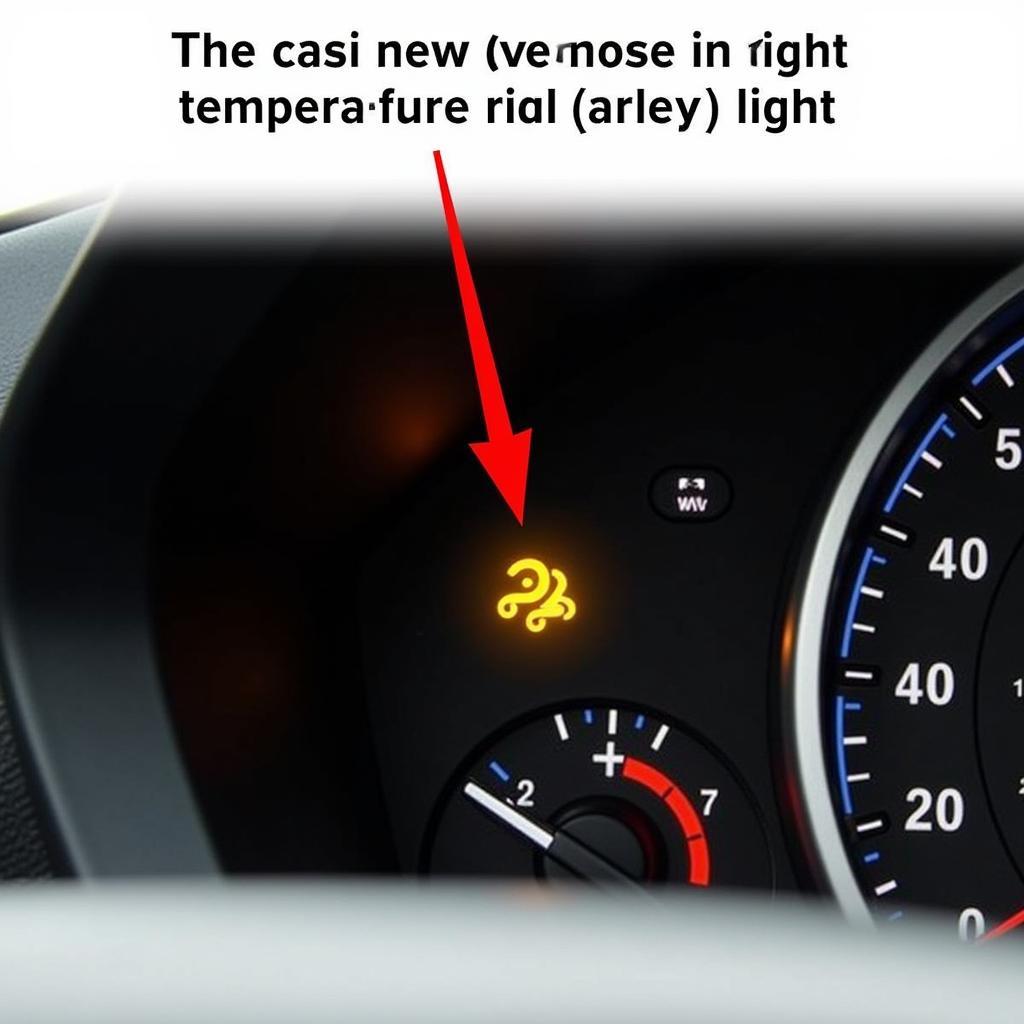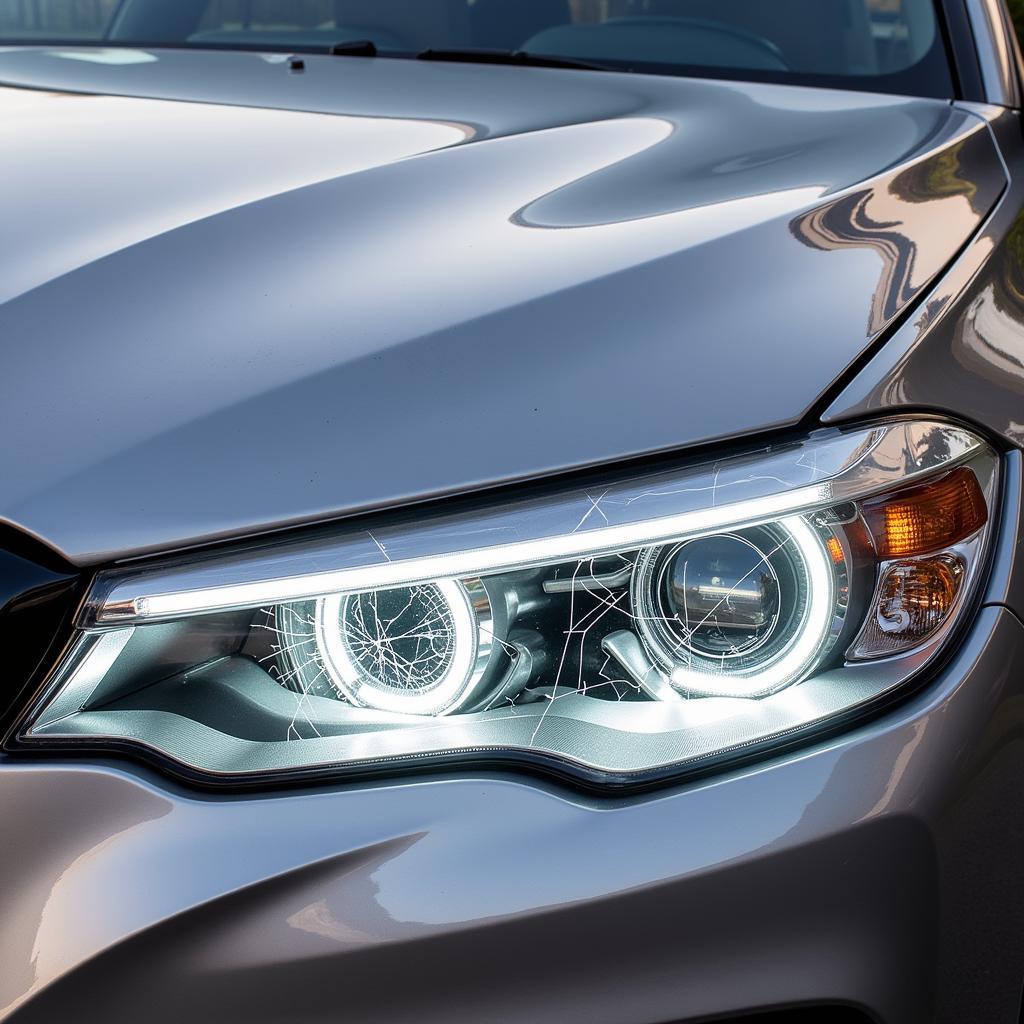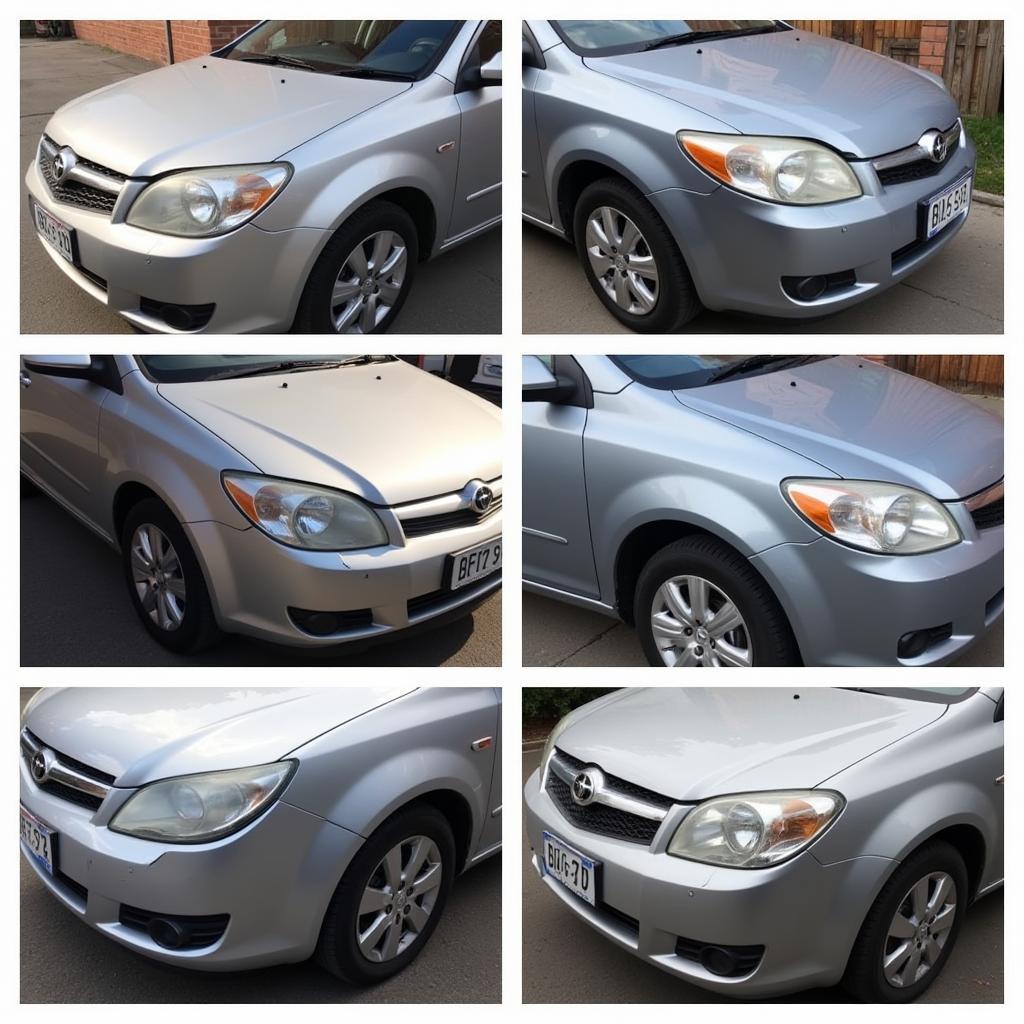A loose car light bulb can be a frustrating issue, leading to flickering lights or complete failure. This guide provides a comprehensive overview of Car Light Bulb Loose In Socket Repair, covering diagnosis, solutions, and preventative measures. We’ll equip you with the knowledge to tackle this common problem effectively.
Understanding the Problem: Why is My Car Light Bulb Loose?
A loose bulb can stem from various factors, including vibrations from driving, corrosion within the socket, or even a faulty bulb design. Ignoring this seemingly minor problem can lead to more significant issues like electrical shorts, damaged wiring, or even a complete light failure, impacting your safety on the road. Regular checks and prompt car light bulb loose in socket repair are crucial.
Knowing how to diagnose a loose bulb is the first step. Common signs include flickering lights, intermittent outages, or a dim light output. You might also notice the light changing intensity with bumps in the road. If you suspect a loose bulb, carefully inspect the socket for any visible damage or signs of corrosion.
After the initial inspection and confirming you’re dealing with a car light bulb loose in socket repair, the next step involves gathering the necessary tools. Typically, you’ll need a screwdriver (depending on the housing), a new bulb (if necessary), dielectric grease, and potentially some fine-grit sandpaper for cleaning corroded contacts. Having these on hand streamlines the repair process.
You can often find comprehensive guides on websites like CarRepairOnline for specific makes and models. These resources offer step-by-step instructions, often with visuals, which can be invaluable when performing car tail light repair yourself. Remember, a little knowledge can go a long way in preventing more costly repairs down the line.
Fixing a Loose Car Light Bulb: Step-by-Step Instructions
Once you’ve confirmed the issue and gathered your tools, it’s time to address the car light bulb loose in socket repair. First, disconnect the negative battery terminal for safety. Then, access the back of the light assembly. This usually involves removing a panel or part of the interior trim. Next, carefully remove the loose bulb from the socket.
Inspect the bulb and socket for any damage or corrosion. If the bulb is damaged, replace it with a new one of the correct type. If the socket is corroded, clean the contacts with fine-grit sandpaper. Apply dielectric grease to the contacts to prevent future corrosion and improve conductivity. Securely insert the new or cleaned bulb into the socket, ensuring it’s firmly seated. Reconnect the battery and test the light.
For more complex issues with the entire light cluster, you might consider seeking professional car light cluster repair. This is especially true if you’re dealing with wiring problems or damage to the light housing itself. Professionals have the expertise and tools to diagnose and repair these more complicated issues efficiently. Alternatively, you can find helpful guides for back light car repair or general repair car light procedures online.
Preventing Future Problems: Maintenance Tips
Regular maintenance can prevent loose bulbs and other lighting issues. Periodically inspect your car’s lights for any signs of flickering or dimming. Clean the light sockets and apply dielectric grease to prevent corrosion. Ensure your car’s electrical system is in good working order, as voltage fluctuations can also contribute to bulb problems. Regular maintenance is essential for safe and reliable vehicle operation.
By understanding the causes, solutions, and preventative measures for car light bulb loose in socket repair, you can maintain proper vehicle lighting and ensure your safety on the road. Taking proactive steps to address this issue can save you time, money, and potential headaches down the line.
Conclusion
A loose car light bulb might seem like a minor inconvenience, but it can be a symptom of more significant issues and even compromise your safety. By following this guide, you can confidently diagnose and repair a loose bulb, preventing further complications. Remember, regular maintenance and prompt car light bulb loose in socket repair are key to maintaining optimal vehicle lighting and ensuring a safe driving experience.
FAQs
-
Why are my car lights flickering? Flickering lights can be caused by a loose bulb, a faulty connection, or a problem with the car’s electrical system.
-
How do I know if my car light bulb is loose? Signs of a loose bulb include flickering, intermittent outages, dim light output, or changes in light intensity when driving over bumps.
-
Can I replace a car light bulb myself? In most cases, yes. However, if you’re uncomfortable working with electrical components, it’s best to consult a professional.
-
What is dielectric grease, and why is it important? Dielectric grease is a non-conductive grease that helps prevent corrosion and improve electrical connections. It’s beneficial for car light bulb sockets.
-
How often should I check my car’s lights? It’s a good practice to check your car’s lights at least once a month.
Situations and Solutions
| Situation | Solution |
|---|---|
| Flickering headlight | Check the bulb connection, clean the socket, and apply dielectric grease. Replace the bulb if necessary. |
| Dim tail light | Clean the socket contacts and apply dielectric grease. Replace the bulb if necessary. |
| Intermittent brake light | Check the bulb and socket for damage. Ensure the bulb is securely seated. Replace if needed. |
Further Assistance
For more information on repairing car lights, check out these helpful resources: How to repair car tail lights and Car tail light repair. You might also find valuable information about related topics, like car light cluster repair or back light car repair. For a more general overview, see our guide on repair car light.
Need more help? Contact us via WhatsApp: +1(641)206-8880 or Email: [email protected]. Our customer support team is available 24/7.



